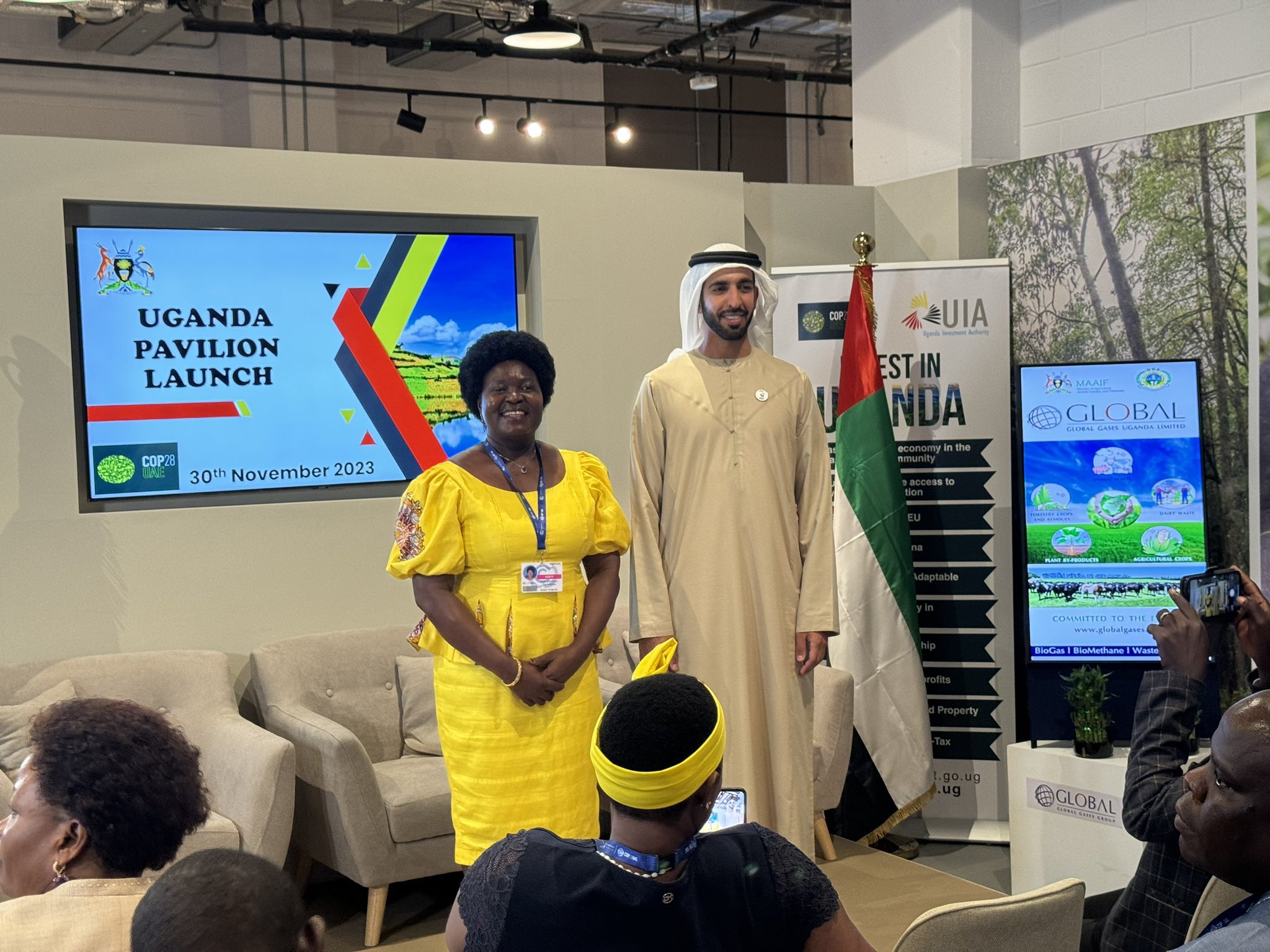This week, Energy Minister Ruth Nankabirwa led top Ugandan energy officials to unveil an ambitious energy transition plan at COP28 in Dubai.The Energy Transition Plan (ETP) targets to ensure that…
Uganda’s Energy Minister, Ruth Nankabirwa on a charm offensive at COP 28 in Dubai to win over fossil fuels naysayers with her Energy Transition Plan (ETP)


